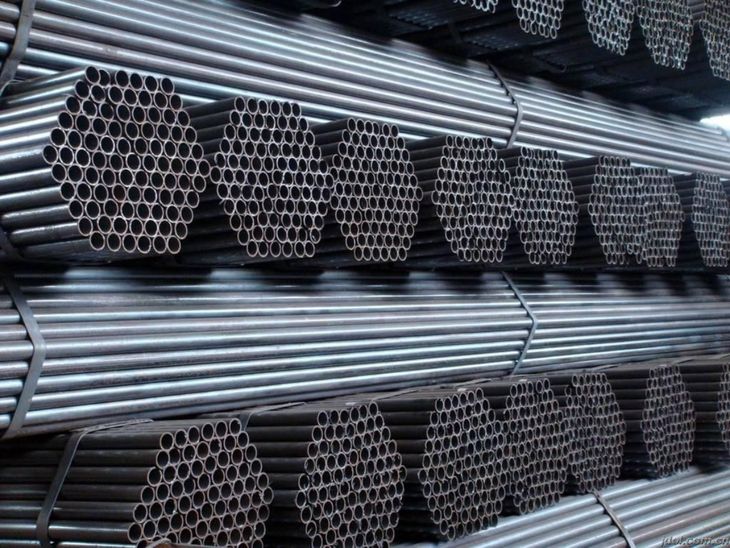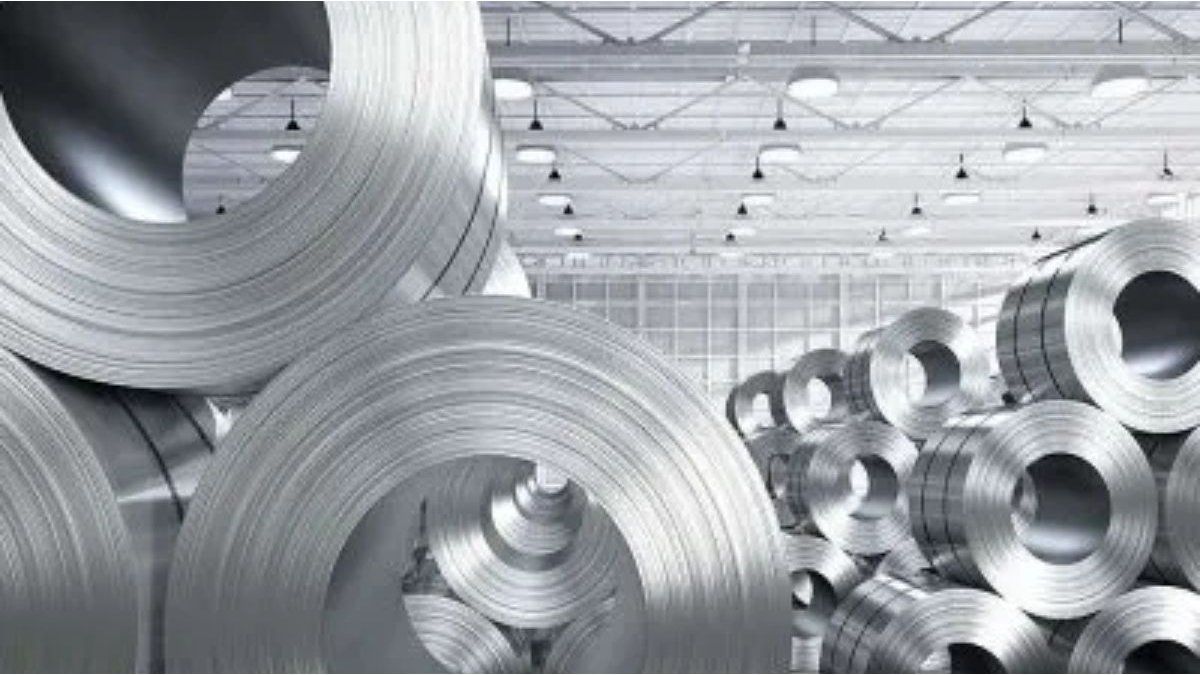Latin America is going through a stage marked by productive contraction and the challenges of external unfair competition from China. What is it about.
In recent years, the World steel market became a Complex boardin which the Overproduction from some countries and demand drop In others they generated a scenario of Low prices and Intense competition.
The content you want to access is exclusive to subscribers.
Latin Americawith a historically relevant steel industry, including the Argentinanow crosses a stage marked by the productive contraction and the Challenges of external competition unfair from China.


In the Argentine case, during the first half of the year, they occurred near 1.9 million tons of raw steela 3.1% increase Regarding the same period of the previous year. In June, an increase in interannual comparison is revealed, but not in the intermenual: with a total of 320,100 tonsraw steel production had a fall in 8.6% With respect to the month of May. In this 2025 A level of demand slightly higher than 2024 is expectedalthough still below the levels reached in previous years.
To the difficult context of a weak demand recovery, Argentina is also exposed to a complicated regional scenario as a result of Chinese steel imports, which in the last 15 years grew 233% in Latin Americaaccording to a recent report from Latin American Steel Association (Acerero).
The Latin American steel industry competes in a global scenario uneven by unfair trade product of a chained series of subsidies that allows China to sell to the world below real production costs.
1 world steel market

China produces and exports steel with a carbon footprint on average 18% greater than the global average and 25% higher than that of Latin America.
The production of raw steel fell 13% between 2021 and 2024
In the regionthe raw steel production fell 13% between 2021 and 2024while the Industrial PBI collapsed 4% since the 90s. The connection seems very clear. In a similar period -in the last 15 years – Indirect Chinese steel exports (of finished products containing steel) 338% grew. All this happens from an industry driven by a subsidy network at each stage: from raw materials, energy and logistics, to the export and addressing of the domestic market.
The entire value chain, from the initial conditions and production to export, have subsidies, grants, tax exemptions and cheap financing rates by state banks
Another not less issue is the one regarding environmental pollution, and is that China produces and exports steel with a carbon footprint on average 18% greater than the global average and 25% higher than that of Latin Americaall this product of low or null environmental regulations in the Asian country. The result leaves a distorted regional market in which steel reaches the region at prices below its cost, displacing production, braking investments and putting thousands of quality jobs at risk.
He steel is a key input for sectors such as constructionthe manufacture of agricultural machinerythe automotive industry and the production of capital goods. When steel activity weakens, the impact extends to the entire industrial chain: works are slowed down, intermediate products are increased and work shifts are reduced in factories that depend on this material.
The regional steel industry, and Argentina in particular, has technological capacity and experience to supply the domestic market and export, but requires predictability conditions against the avalanche of Chinese imports.
Source: Ambito
David William is a talented author who has made a name for himself in the world of writing. He is a professional author who writes on a wide range of topics, from general interest to opinion news. David is currently working as a writer at 24 hours worlds where he brings his unique perspective and in-depth research to his articles, making them both informative and engaging.




